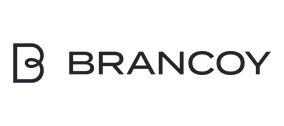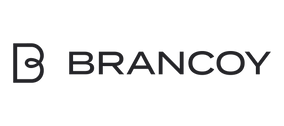Why Customer Segmentation is Important in Newsletter Marketing
Customer segmentation is a key component of effective newsletter marketing, as it enables precise targeting of messages to different customer groups. This improves message relevance and, consequently, its effectiveness. When customers receive tailored content, they are more likely to engage, leading to higher open and click-through rates and ultimately better conversions.
Segmentation also helps optimize marketing strategies by providing valuable insights into customer behavior and preferences. This data can guide decision-making and contribute to more efficient campaign development. Additionally, customer segmentation can reduce marketing costs by ensuring messages reach only those most likely to respond positively.
How to Implement Effective Customer Segmentation in Newsletter Marketing
Effective customer segmentation begins with collecting and analyzing customer data. This may include demographic details, purchase history, online behavior, and customer feedback. These insights help create accurate customer profiles and segments.
Once segments are defined, it is crucial to develop a tailored communication strategy for each group. This can involve crafting specific messages, offers, or content that align with the segment's unique needs and preferences. Continuous testing and optimization are also essential to keep messages relevant and effective.
Automation plays a key role in segmentation. Email marketing tools such as Klaviyo can automate message delivery to different segments, saving time and resources.
Tools and Technologies for Customer Segmentation
Several tools and technologies facilitate customer segmentation and enhance its effectiveness. Email marketing platforms like Klaviyo and Mailchimp offer advanced segmentation features, allowing precise audience targeting.
Analytics tools such as Google Analytics provide in-depth insights into customer behavior, helping identify potential segments. CRM systems like Salesforce can integrate with email marketing platforms to offer a comprehensive view of customer data management.
AI-driven solutions can further optimize segmentation strategies by predicting customer behavior and creating dynamic segments that adapt to evolving customer interests.
Challenges and Solutions in Customer Segmentation for Newsletter Marketing
One of the main challenges in customer segmentation is data quality and availability. Incomplete or inaccurate data can lead to incorrect segments and reduce campaign effectiveness. To address this, businesses should prioritize high-quality data collection and continuous updates.
Another challenge is overly complex segmentation, which can create operational difficulties and inconsistent messaging. To avoid this, segments should be kept simple and focused on essential information.
Ongoing optimization is crucial, as customer needs and behaviors change over time. Regular analysis and testing help maintain an up-to-date and effective segmentation strategy.
Practical Examples of Successful Customer Segmentation in Newsletter Marketing
E-commerce personalization: An online store segmented customers based on purchase history, enabling targeted offers and recommendations. This led to significant improvements in conversion rates and customer loyalty.
Demographic segmentation: A company used demographic data to send age-specific messages, increasing relevance and improving open rates.
Behavior-based segmentation: A business tracked website browsing behavior and created dynamic segments that adapted to customer interests, enhancing customer experience and boosting sales.




